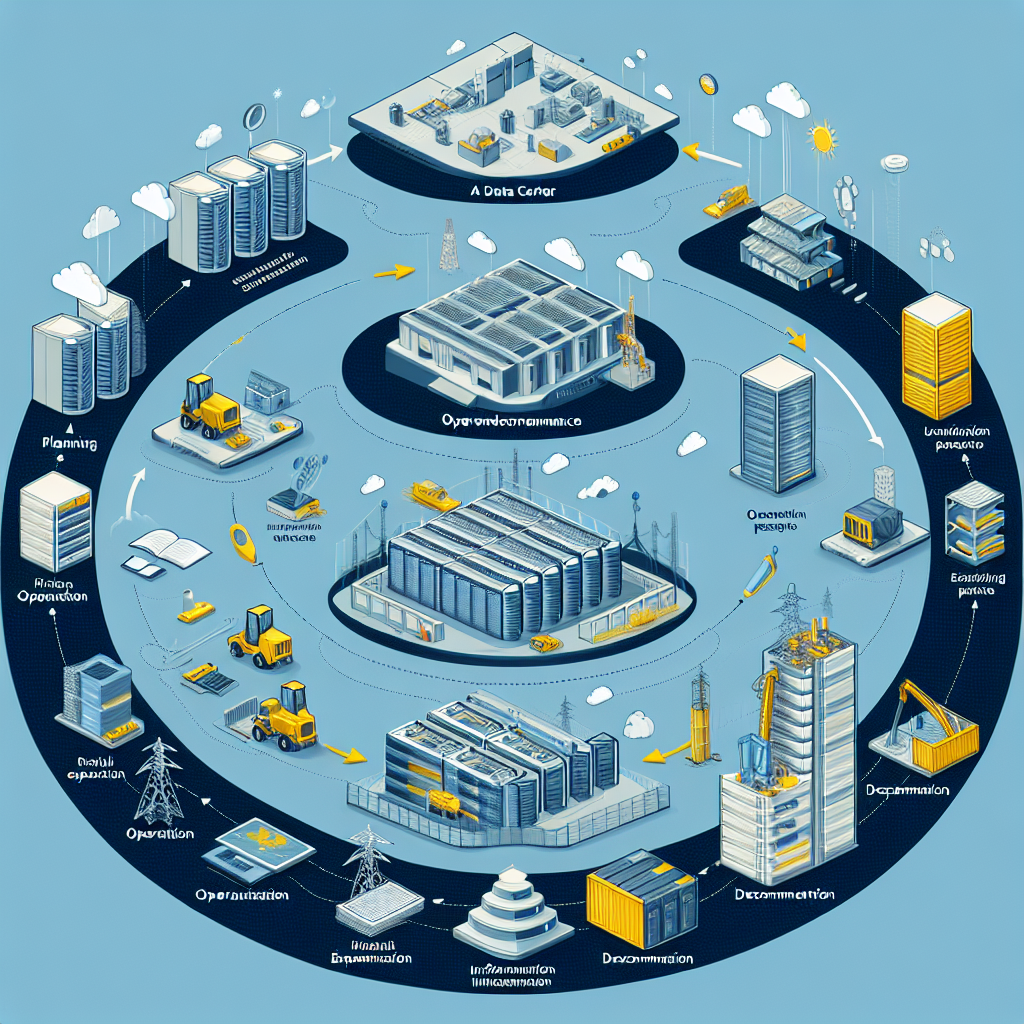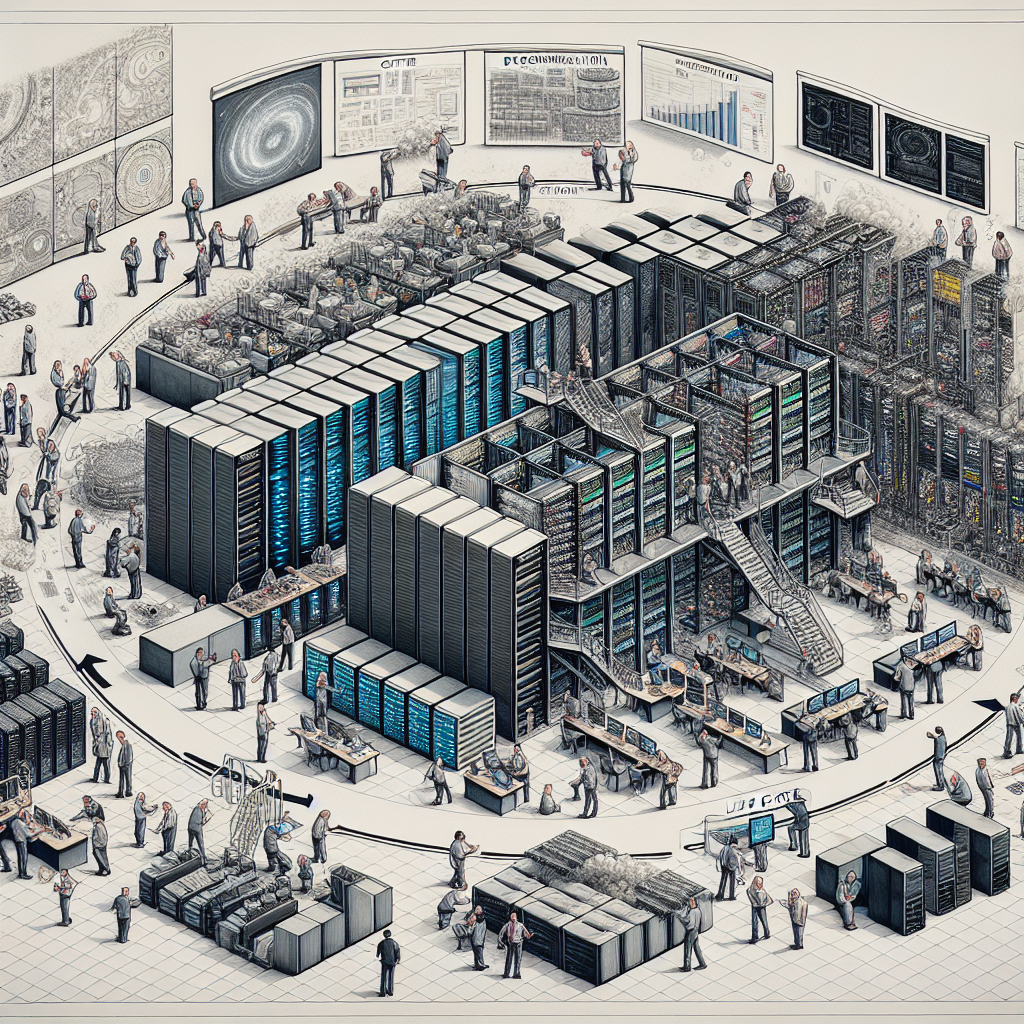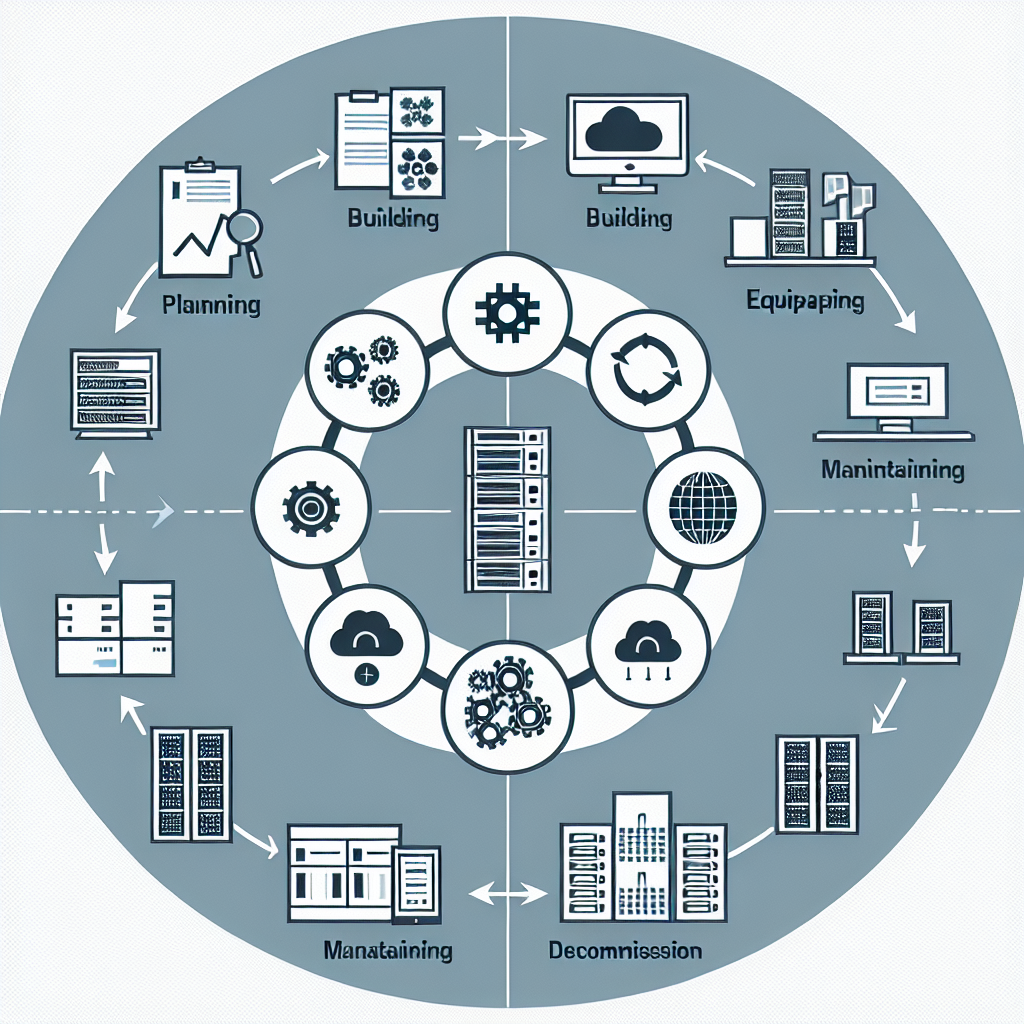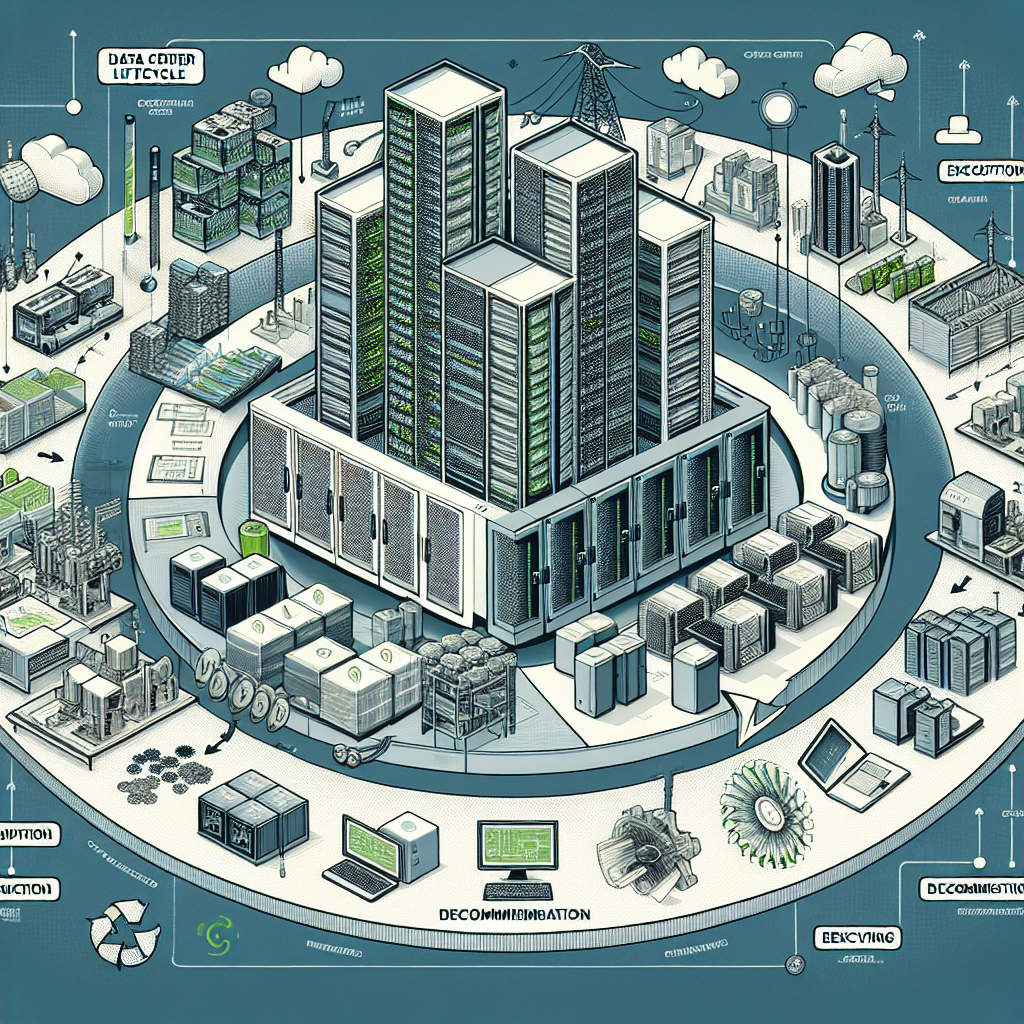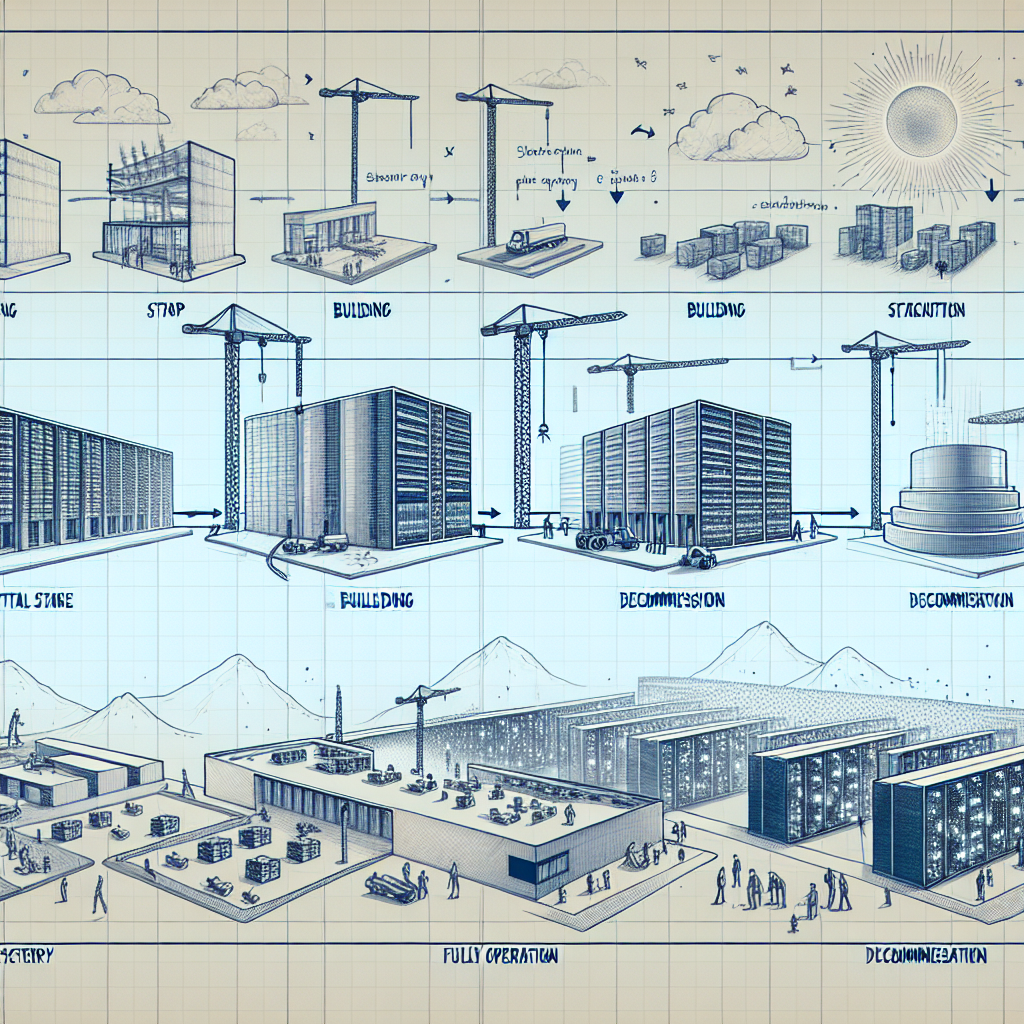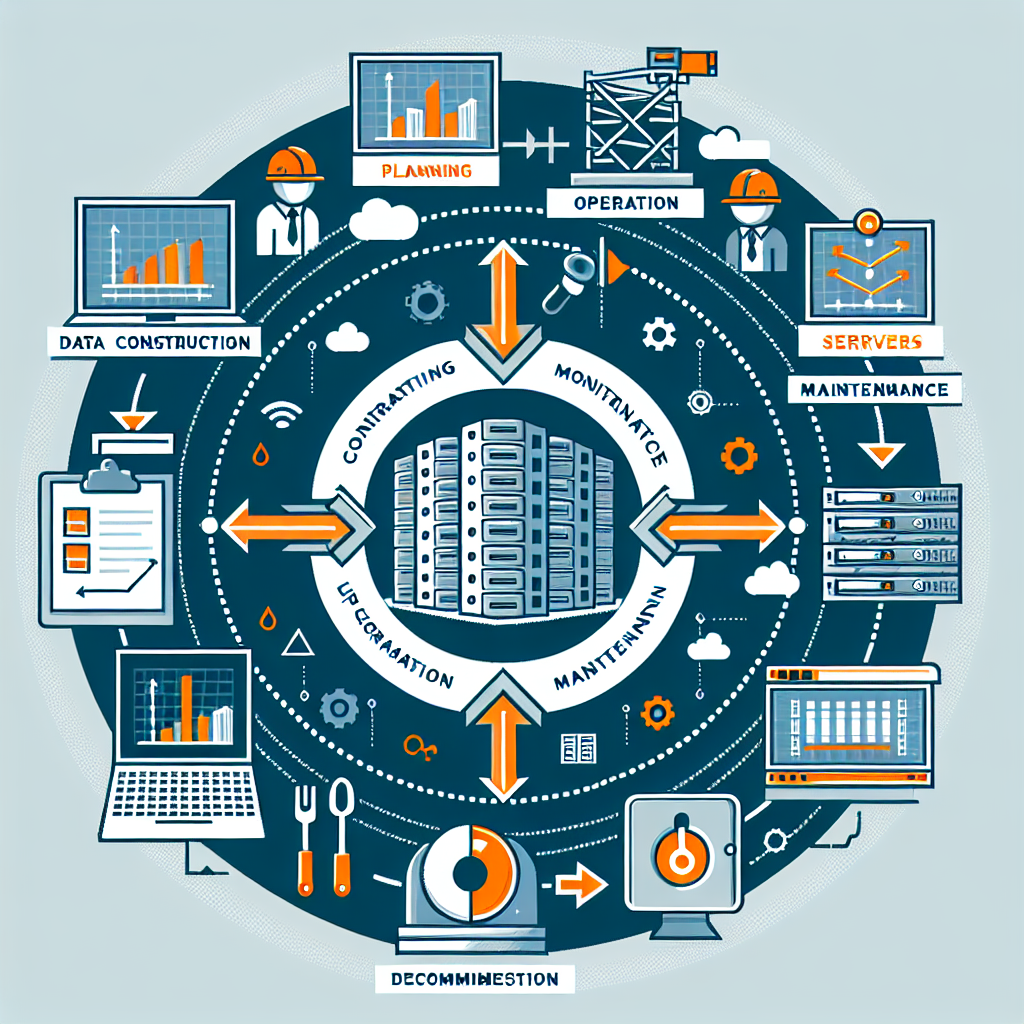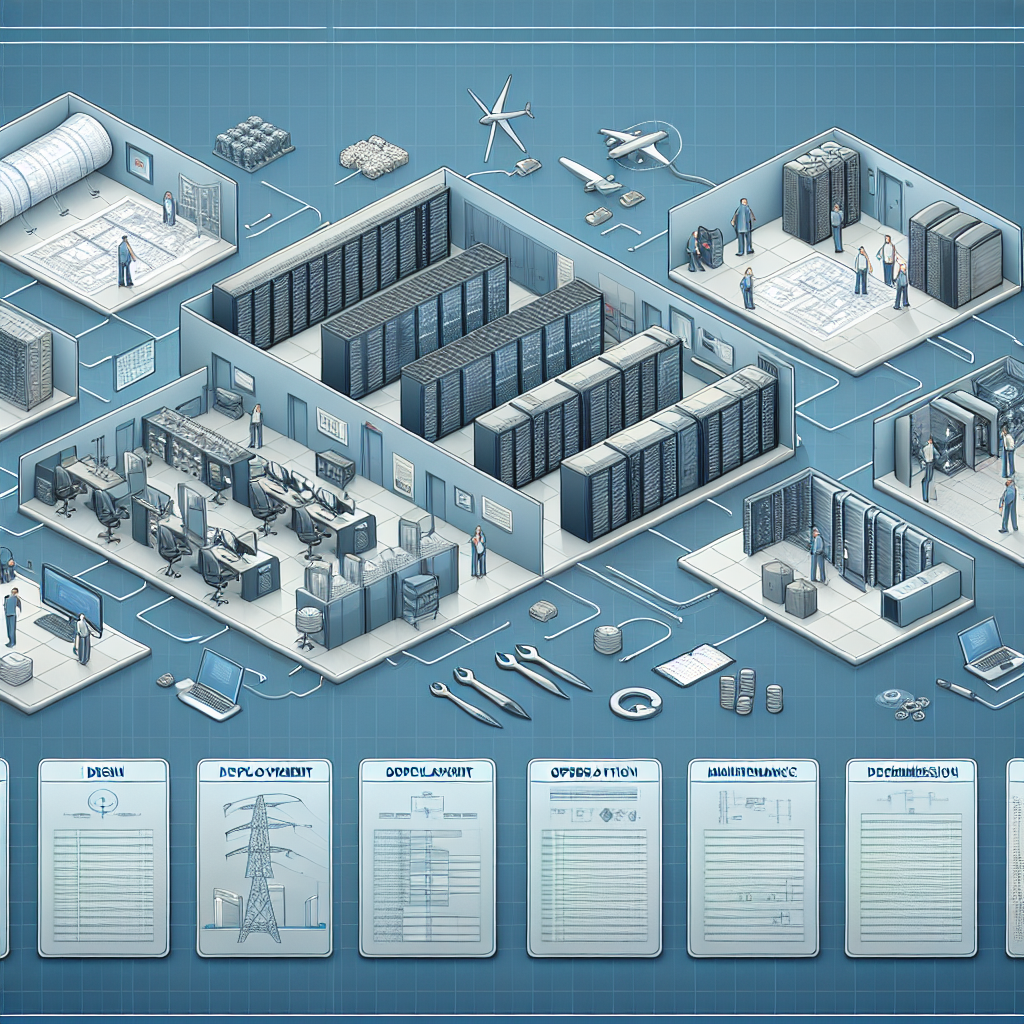Data centers are the backbone of modern businesses, serving as the central hub for storing, processing, and managing data. From the initial design phase to the eventual decommissioning, proper lifecycle management is crucial to ensure the efficiency, security, and longevity of a data center.
Design Phase:
The first step in data center lifecycle management is the design phase. This involves determining the requirements and goals of the data center, such as the amount of storage needed, the level of security required, and the power and cooling systems necessary to support the infrastructure. It’s important to work with experienced architects and engineers who can design a data center that meets these requirements while also allowing for scalability and future growth.
Construction Phase:
Once the design phase is complete, the construction phase begins. This involves building out the data center infrastructure, including installing servers, networking equipment, storage systems, and cooling and power systems. It’s important to work with experienced contractors who can ensure that the data center is built according to the design specifications and meets industry standards for reliability and security.
Operation and Maintenance:
Once the data center is up and running, it’s important to implement a comprehensive operation and maintenance plan to ensure that the infrastructure remains efficient and secure. This involves regular monitoring of equipment performance, proactive maintenance to prevent downtime, and implementing security measures to protect against cyber threats. It’s also important to regularly review and update the data center’s design to account for changes in technology and business needs.
Decommissioning Phase:
At some point, the data center will reach the end of its lifecycle and need to be decommissioned. This could be due to technology upgrades, changes in business needs, or the need to consolidate data center operations. Proper decommissioning involves safely shutting down equipment, securely erasing data, and disposing of equipment in an environmentally responsible manner. It’s important to work with experienced professionals who can ensure that the decommissioning process is carried out safely and efficiently.
Overall, proper lifecycle management is essential for ensuring the efficiency, security, and longevity of a data center. By following a comprehensive approach from design to decommissioning, businesses can maximize the value of their data center investment and avoid costly downtime and security breaches.

